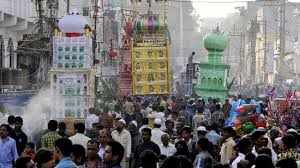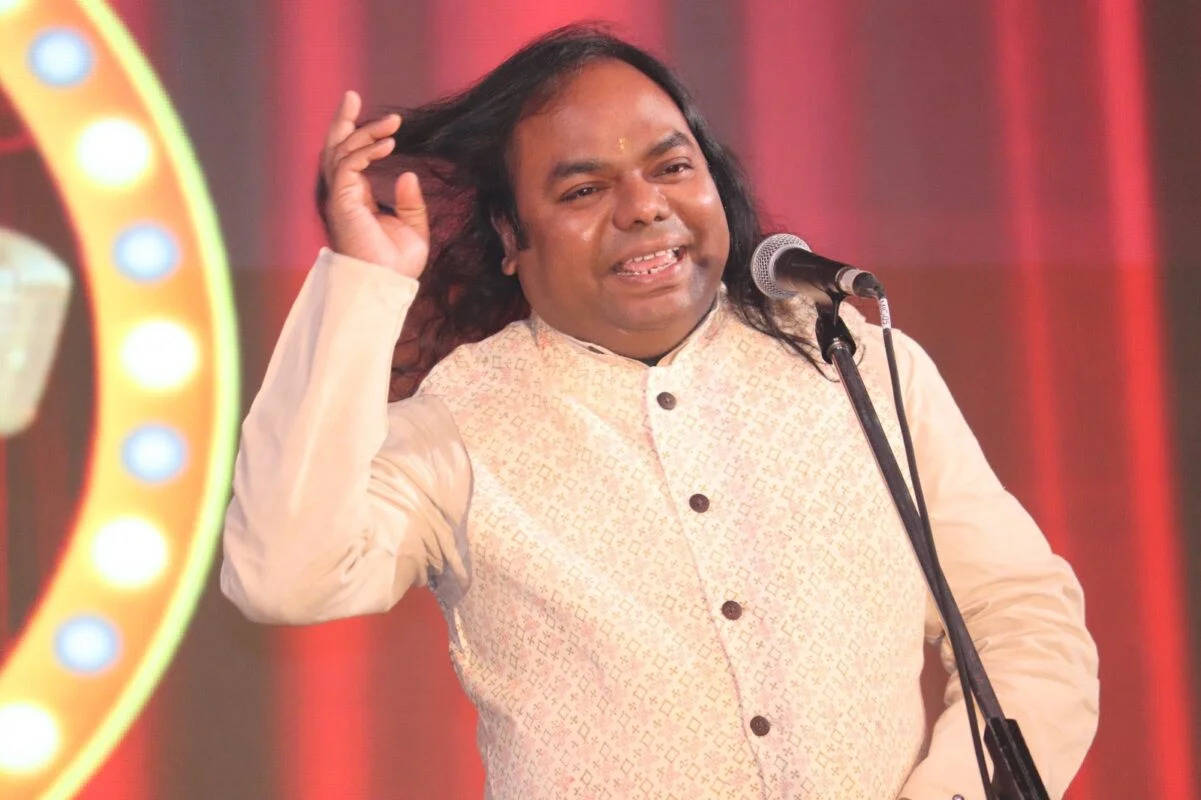Rajasthan Darshan Desk, Garh Siwana Fort situated in the Aravalli mountain range has a glorious history. This is a historical fort of Barmer district, which is situated amidst the mountain peaks of Garh Siwana. This ancient fort of Siwana was built by Veernarayan Parmar in the tenth century. He was the son of the famous Paramara ruler Raj Bhoj.
At that time the Parmars were very powerful and had dominion over a vast area, which included many states including Malwa, Chandravati, Jalore, Kiradu, Abu. Subsequently Siwana came under the control of Songara Chauhans of Jalore. These Songaras became very brave and glorious and they successfully resisted the powerful slave dynasty Sultans like Aibak and Iltutmish and kept their independence intact, but Siwana faced the strongest challenge. At the time of Alauddin Khilji’s attack, Sataldev Songara Chauhan had control over Siwana. Who was the nephew of Kanhaddev, the ruler of Jalore. The first attack of Alauddin’s army on Siwana took place in 1305 AD. Then the brave Satal and Som (probably his son Someshwar) fought bravely against the Khilji army with the help of Kanhaddev. Seeing no hope of victory, Khilji’s army was forced to lift the siege. Angered by this initial success of the Rajputs and his defeat, Alauddin Khilji himself attacked the border with a huge army around 1310 AD and surrounded the fort.
Satal Dev fought them with great bravery and along with guerrilla attacks on the enemy camps, continuously showered stones from the fort with the help of Dhenkuli machines and broke the morale of the enemy army, but this time Alauddin was determined to capture the border. Therefore, he resorted to every possible solution. He built a huge and high platform, through which the Khilji army was able to reach the fort. Alauddin got the Bhodelav pond, the main drinking water source there, contaminated with beef. It is said that in this a person named Panwar committed betrayal. Seeing no way to defend the fort, brave Satal Som and other Kshatriya warriors donning saffron clothes attacked the enemy army and attained heroic strength. On 23rd Ul Awal Tuesday, Khilji soldiers presented the mutilated body of Satal Dev to Alauddin, who named the fort as Khairabad. But with the death of Alauddin Khilji, his dynasty’s dominance over Siwana ended. Thereafter, Siwana was under the control of Rao Mallinath Rathod’s brother Jaitmal and his descendants. In 1538, Rao Maldev defeated the then ruler of Siwana, Rathore Dungarsi, and took control of this fort. An inscription indicating the dominance of Maldev is still present inside the fort. Rao Maldev had taken shelter in the Siwana fort after being chased by Sher Shah’s army after the battle of Giri Sumail. Subsequently, his famous son Chandrasen made the Siwana fort his center and resisted the forces of the powerful Mughal emperor Akbar for a long time. After coming under Mughal rule, Akbar gave Siwana to Raimal, a son of Rao Maldev, but after some time Raimal died and Siwana came under the control of his son Kalyandas (Kalla).
The pages of history are illuminated by the fame and glory that Sivana got due to the bravery and valor of this Rathod brave Kalla Rayamlot. The said opportunity arose when Emperor Akbar became angry with Kalla Rathore and ordered Mota Raja Udai Singh of Jodhpur to remove Kalla and take control of Sivana. Due to Akbar’s displeasure, he had killed a small mansabdar of the emperor over a trivial matter. In Veer Vineed, the reason for this is stated to be another. According to the above text, Mota Raja Udai Singh had married his daughter to Prince Salim. Kalla considered this marriage relationship inappropriate and quarreled with Udai Singh. Whatever may have been the real reason, Mota Raja Udai Singh attacked Siwana with the help of the royal army. Kalla Rathore, setting an excellent example of self-respect and bravery, fought a fierce battle with the army of Mota Raja Udai Singh and attained martyrdom while fighting. Kalla’s wife Hadi Rani (daughter of Rao Surjan Hada of Bundi) performed the ritual of Jauhar along with the children of the fort. The couplets related to the bravery and valor of Kalla Rayamlot are famous.
Balotra. Bhandelav pond built in Sivana Fort.
Shaka and Jauhar
The first Saka of Siwana took place in 1310. When the brave Satal Dev and (Someshwar) sacrificed their lives while resisting the fierce attack of Alauddin Khilji and the brave women lit the flame of Jauhar. After the victory, the fort was named Khairabad. The second Shaka took place during the reign of Akbar. When Mota Raja Udai Singh attacked Sivana Fort with the help of the royal army, the self-respecting ruler Veer Kalla Rathore attained martyrdom while fighting a fierce battle and the queens performed Jauhar.
Now the townspeople celebrate
The founders of Sivana were Veer Narayan Parmar and Shiv Narayan Parmar. Both of them were real brothers and sons of Raja Bhoj. He established Siwana in Vikram Samvat 1077. And Veer Narayan Parmar was the first ruler of Siwana. Therefore, the villagers of Siwana area celebrate Paush Shukla Shashtami as Siwana Utsav.
Khilji won by deceit
Alauddin Khilji’s army attacked Jalore and Siwana and won both. Kshatriyas performed Jauhar. The warriors here fought bravely and were martyred. Garh Sivana is a great proof of bravery in Marwar. Khilji had won here through diplomacy. He had to besiege outside the fort for a long time and then won by taking some people with him by deceit.


